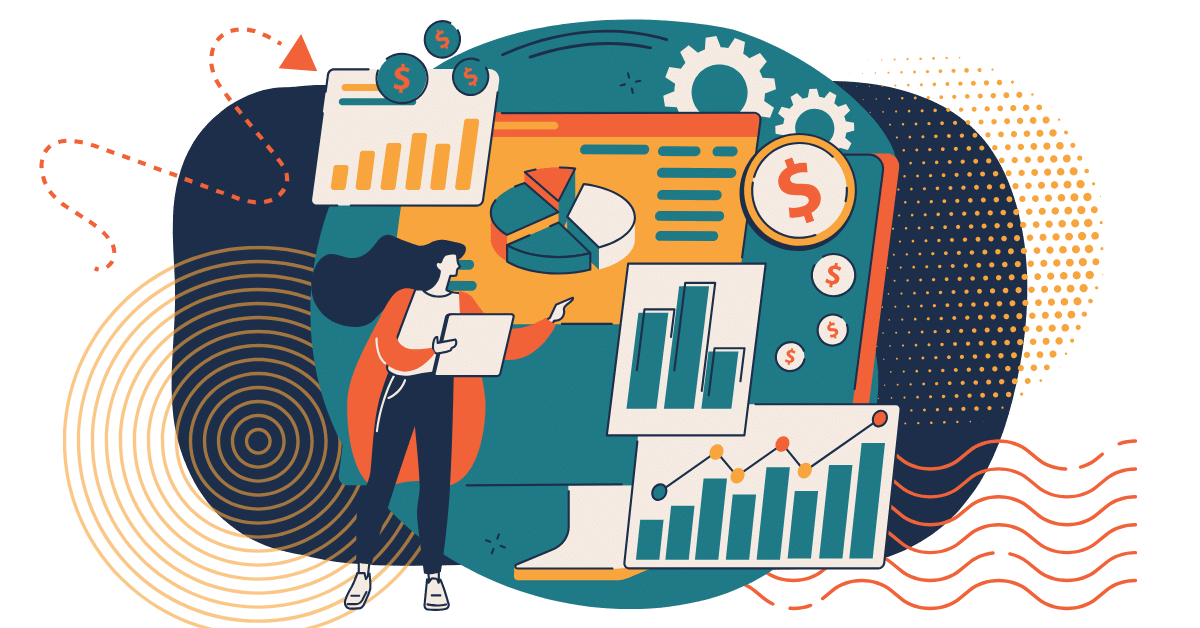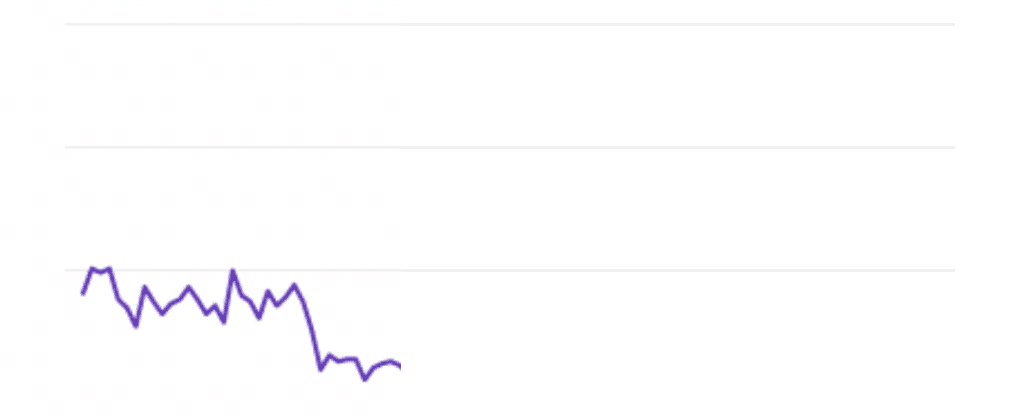One common mistake small businesses make is pulling the plug on a marketing campaign too early.
It’s understandable. Budgets are tight. So if you’re not seeing immediate results, it can feel like throwing money down the drain. But even though these kinds of emotional responses are natural, they shouldn’t drive your marketing decisions.
Why? Because gathering data takes time, and if you regularly start and stop your marketing, you really are throwing money down the drain.
Why Staying the Course Matters So Much
With marketing, picking a strategy and sticking with it – for several months at the minimum – really is the only real way to know whether or not it’s working.
Why?
- On average, people interact with a brand 6-8 times before making a purchase.
It’s unlikely someone will see an ad once or read one blog and then hand over their money. You need to build and then maintain a strategy that allows people to have those repeated exposures to your offer.
Emotions says, “This isn’t working – no one is taking action!” But the data might show that people are engaging and just need more time.
- Actual useful data takes time to gather.
Let’s say you stop a campaign after a week because it’s “not working.” The problem is that you haven’t collected enough data to see a trend at that point. It’s like planting seeds and expecting a full garden overnight.
Here’s an example from an SEO campaign after the first month:
Looks like a total failure, right? Emotion, understandably, says, “This is a waste of money.”
But as experienced marketers, we know that Google is slow to process changes, so we need to check back after three months before we make any rash decisions.
Because, by then, the picture can look a whole lot different:
You’d be pretty happy you kept that one going, huh?
- Your data set is too small to draw good conclusions.
How does this relate to giving a campaign more time? We’ll get there, I promise.
Okay, let’s talk polls. Ever wondered why they have a margin of error? It’s because they’re based on a sample of people, not the whole population.
Basically, it’s not possible to ask everyone, so pollsters pick a group that represents the larger population. But the smaller the group, the greater the chance that the results don’t perfectly reflect what everyone really thinks.
This is true for marketing results as well. The smaller the audience, the less likely you can draw accurate conclusions from the results.
Unfortunately, for small businesses, this means certain types of tests are out of reach. For example, if you have an email list with only a few hundred people, running an A/B test is pointless. You need to have at least 500 people in each “test” group to be able to draw accurate conclusions.
How do you get a larger data set? For certain types of small business marketing, the solution, once again, is time.
But How Can I Afford to Spend Money on Something If I Don’t Know It’s Working?
Uncertainty is one of the most difficult challenges a business can face.
“I don’t know if I should do this.”
“I don’t know if it’s working.”
“I don’t know if it’s worth it.”
Data-driven marketing eliminates that uncertainty. But small businesses face unique challenges when it comes to gathering and interpreting data. You can’t simply apply big-business (and big-budget) strategies to a small business.
So, how can you still be driven by data?
By starting with data.
Before you invest in any marketing tactic, you need a plan. You need to know your target audience, where they are, and how they engage. That data gives you the confidence to stay the course long enough to see results.
When you send a clear and consistent message to your audience, you set yourself up for success.
The good news? If you’re working with a marketing agency or professional specializing in supporting small businesses, they bring insights from patterns they’ve seen across multiple clients. They know the difference between a slow start and a true problem. They understand when to wait and watch – and when it’s time to pivot.
This insight isn’t based on gut feeling. It’s based on trends and data across real-world campaigns.
They’ll tell you when you need to hold steady and when something appears to be dead in the water. They’ll know what benchmarks are realistic for a business of your size in your industry.
In short: with the right support, you don’t have to guess. You can grow with confidence. And you can eventually gather the data you need to make smart strategic choices for your business.




